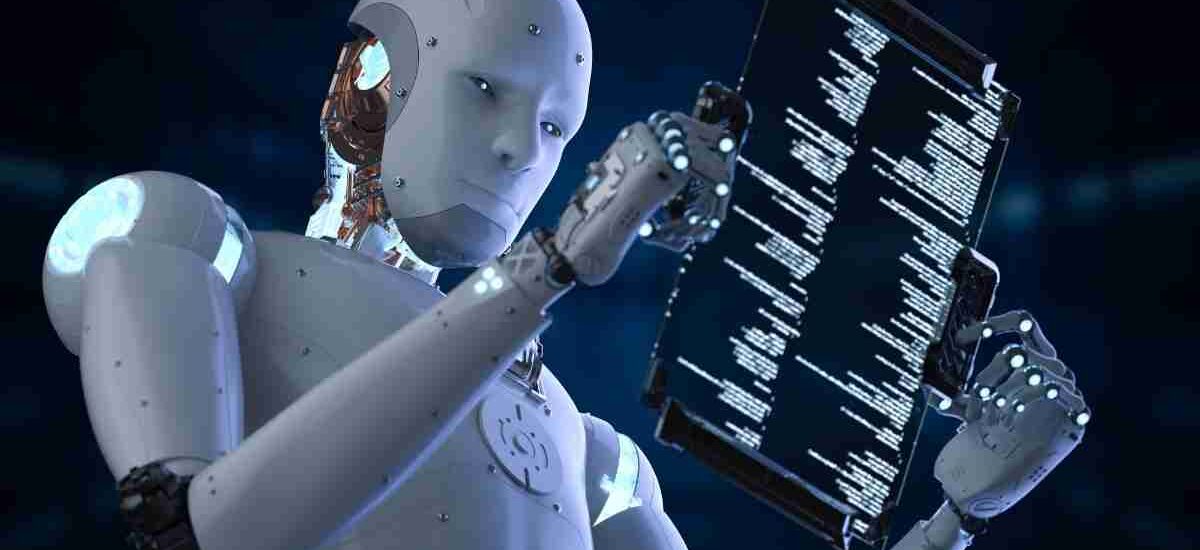What industries are expected to benefit the most from China’s humanoid robots by 2025? The landscape of technology is shifting at an unprecedented pace, and one of the most intriguing developments is China’s ambitious plan to mass-produce humanoid robots. By 2025, the nation aims to deliver one million robots, revolutionizing various sectors from factories to homes. In this article, we will delve into the implications of this bold initiative and the advanced robotics technologies leading the charge.
Table of Contents
The Rise of Humanoid Robots in China
China is spearheading the development and production of humanoid robots that promise to reshape labor dynamics globally. With companies like AGI Bot in Shanghai at the forefront, the push for humanoid robots is not just ambitious—it’s very much real. This Shanghai-based robotics company specializes in both humanoid and delivery robots. Their enhanced production capabilities demonstrate a commitment to provide this new class of workers at an unprecedented scale.
Mass Production Goals
- Target for 2025: The goal is to reach one million humanoid robots.
- Increased Production Rate: Companies are ramping up production rates significantly, utilizing advanced manufacturing technologies.
- Applications: These robots are designed for various settings, including domestic chores and industrial operations.
Symbiotic Relationships in Manufacturing
Among the striking aspects of AGI Bot’s operations is their use of robots in the assembly process itself. This reflects an emerging symbiotic relationship where robots assist other robots in production, leading to a virtuous cycle of increased efficiency:
- More Robots = More Efficiency: By integrating robots in the assembly line, companies can produce even more robots.
- Rapid Iteration: Each cycle leads to improvements and innovations in robot design and functionality.
Rigorous Testing and Adaptation
To ensure these robots are fit for real-world applications, extensive testing is conducted.
Testing Facilities Overview
- Load Testing: Robots undergo rigorous testing to handle diverse environmental factors.
- Data Collection: Large-scale data collection mimics real-world conditions in various home and industrial environments, ensuring robots can adapt efficiently.
- Precision Adjustment: Data (both real-world and synthetic) is used to fine-tune robot performance, enhancing their adaptability and precision in tasks.
Varied Applications of Humanoid Robots
China’s humanoid robots go beyond sleek designs; they are built for versatility.
Different Models
- Wheeled Robots: Designed for mobility and efficiency in large spaces.
- Humanoid Designs: Ideal for tasks requiring adaptability and human-like interaction.
Integration into Factories
Humanoid robots are already demonstrating their capabilities in factories:
- Handling Goods: High dexterity allows robots to efficiently manage materials.
- Human-Like Behavior: Simulated movements and gestures enhance interaction and productivity.
Key Demonstrations
Recent demonstrations have highlighted the potential of these robots:
- Functional Capabilities: Videos showcase robots completing complex tasks, including assembly line work and customer service.
- Industrial Adoption: Car manufacturers, for instance, are expected to lead in deploying humanoid robots for labor-intensive processes.
Financial Backing and Industry Support
The growth potential of humanoid robots in China is bolstered by significant financial investment.
- Funding: Over 7 billion yuan raised with backing from industry giants like BYD and Huawei.
- Industry-Wide Impact: With major players supporting these advancements, the shift towards a robotic workforce is gaining credibility and momentum.
Challenges Ahead
Despite the optimistic projections, several hurdles remain before humanoid robots can fully realize their potential.
Scientific Challenges
- Technical Efficiency: Engineers are solving issues related to battery life, movement precision, and autonomy.
- Cost Reduction: High production costs need to be minimized to make robots accessible for widespread use.
Market Integration
- Adoption Rates: Industries need to be willing to reconfigure workflows to integrate robots effectively.
- Public Perception: Overcoming societal skepticism about robots replacing human jobs will be crucial.
A Futuristic Workforce
With the developments in humanoid robots, we are edging closer to a future where these machines substantially contribute to the workforce. The vision extends beyond mere labor replacement—to a world where robots enhance economic productivity and support human workers in tasks that require efficiency and scalability.
Collaborative Dynamics
The dual presence of humans and robots could redefine workplace dynamics:
- Collaborative Productivity: Robots handling repetitive tasks while humans focus on strategic and creative work.
- Enhanced Safety: Robots taking on dangerous jobs, reducing workplace accidents.
The Path Forward
As countries like China take the lead in robotic innovations, the global workforce may soon see profound changes. By 2030, fully automated car factories and advanced manufacturing lines reliant on humanoid robots could become commonplace.
Industry Revolution
- Economic Growth: Increased productivity and reduced costs in manufacturing.
- Workforce Training: New opportunities for humans to specialize in managing and programming robots.
What Does This Mean for the Future?
Humanoid robots are on the brink of becoming integral to our daily lives, much like smartphones have done. As society approaches this new technological reality, the implications for economic growth, workforce training, and social structures will be monumental.
- Labor Dynamics: Humans and robots working together harmoniously.
- Global Competition: Other nations accelerating their robotic development to compete with China.
- Ethical Considerations: Ensuring responsible use and preventing exploitation.
Conclusion
China’s ambitious plans to deploy one million humanoid robots by 2025 usher in a new era of technological advancement, with significant implications for industries worldwide. As we stand on the threshold between human and robotic collaboration, it’s vital to consider how these changes will reshape our approach to labor and productivity. If the pace of development continues, we could soon witness a robust and automated future where humanoid robots are common, functioning alongside humans to drive economic progress.
Engage with Us!
Are you prepared for a future rich with robotics? Share your thoughts on how humanoid robots could reshape our daily lives and the workplace!
See more AI news Hire











